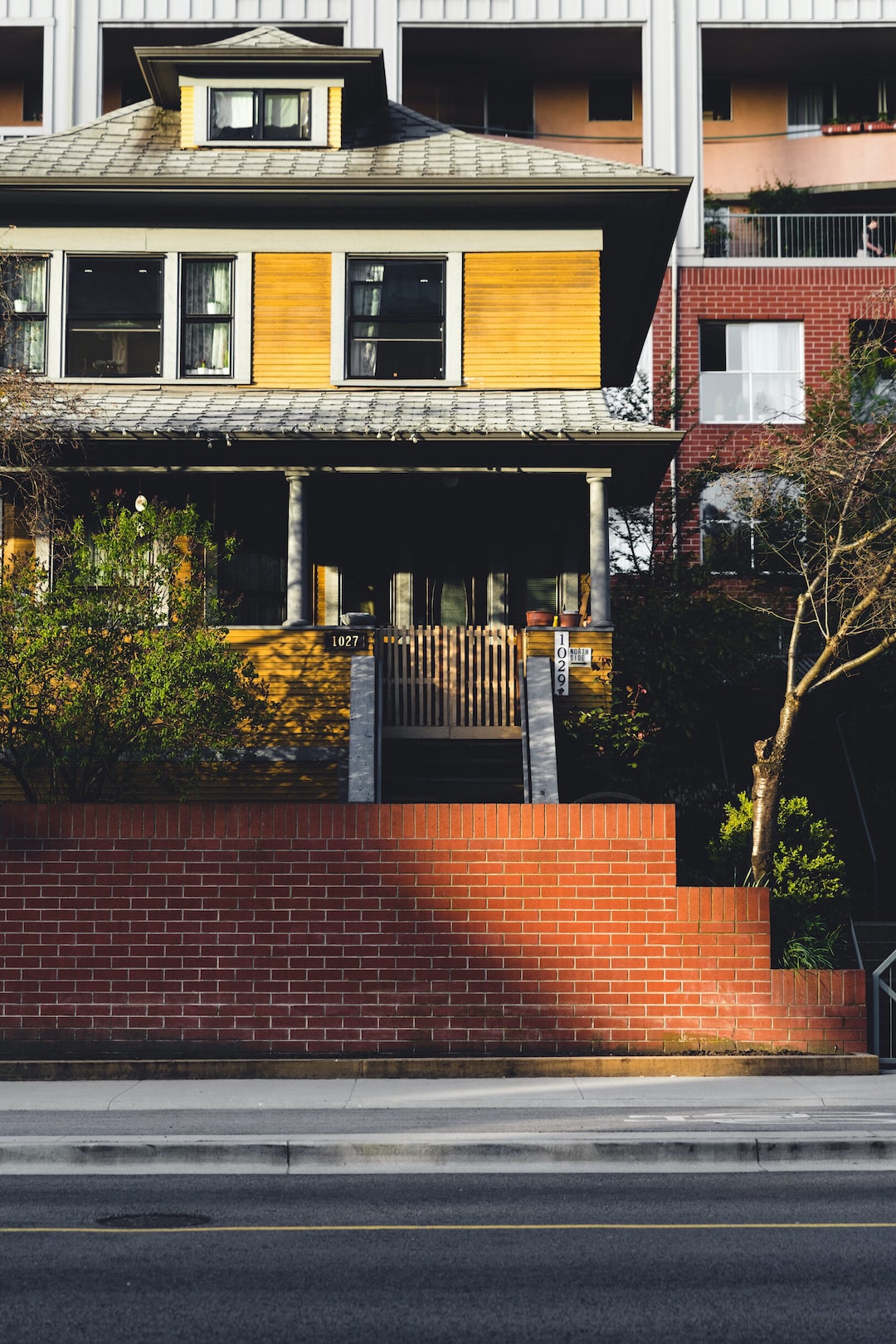Designing your child’s bedroom is an exciting and rewarding project, but it can also be a challenging one, especially when you’re trying to create a space that will continue to work for your child as they grow and develop. While it can be tempting to go for a theme that reflects your child’s current interests, it’s important to think beyond the short term and consider how the room will function and look in the years to come. Here are some tips for designing a child’s bedroom that grows with them.
1. Start with the Basics
Before you get into the fun part of decorating, think about what your child’s bedroom needs in terms of functionality. What items of furniture will you need, and how will they be arranged in the space? Where will storage go? By starting with the basics, you’ll be able to design a room that will work for your child at every stage of their development.
2. Choose a Neutral Base
While it can be tempting to go for a theme that reflects your child’s current interests, it’s better to choose a neutral base for the room that will stand the test of time. Simple, classic colors like white, beige, and gray provide a versatile backdrop for any future additions you make to the room.
3. Add Color with Accessories
Once you’ve established a neutral base, you can introduce color and pattern through accessories like bedding, curtains, and rugs. These items are easy to update as your child’s tastes evolve, and they can be swapped out relatively easily without having to completely redecorate the room.
4. Incorporate Flexibility
In designing a child’s room that grows with them, it’s important to build in flexibility. Consider creating a space that can be easily adapted to different activities, like reading, studying, or playing. A desk with a simple chair can serve as a homework station, while a cushioned reading nook can provide a cozy spot for quiet time.
5. Think About Lighting
Lighting is a crucial element of any room design, and it’s especially important in a child’s bedroom. Opt for a combination of overhead lighting and task lighting that can be adjusted as needed. Dimmer switches are also a great feature to incorporate, allowing you to adjust the intensity of the light depending on the activity.
6. Don’t Forget About Storage
No matter how old your child is, they’ll always need plenty of storage space in their bedroom. From toys and games to clothing and books, there are countless items that need to be tucked away. Think about incorporating storage solutions like built-in shelves and drawers, or consider investing in a wardrobe that will provide ample space for years to come.
Designing a child’s bedroom that grows with them can be a challenge, but it’s also incredibly rewarding. By following these tips, you can create a space that will adapt to your child’s changing needs and tastes, providing them with a comfortable and functional environment for years to come.

